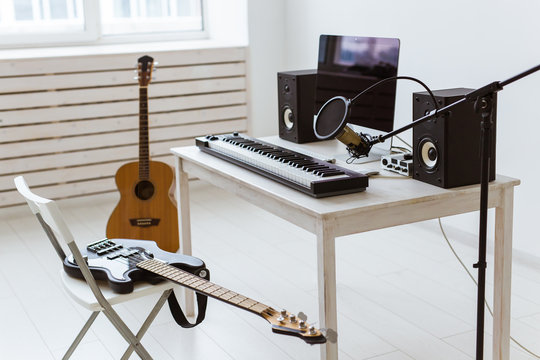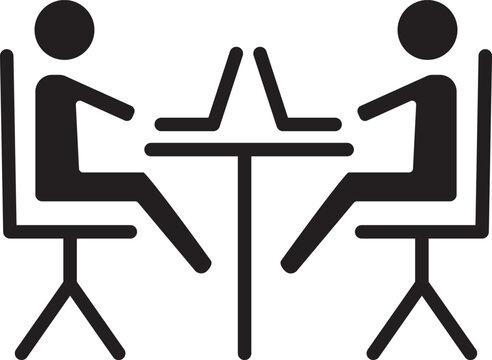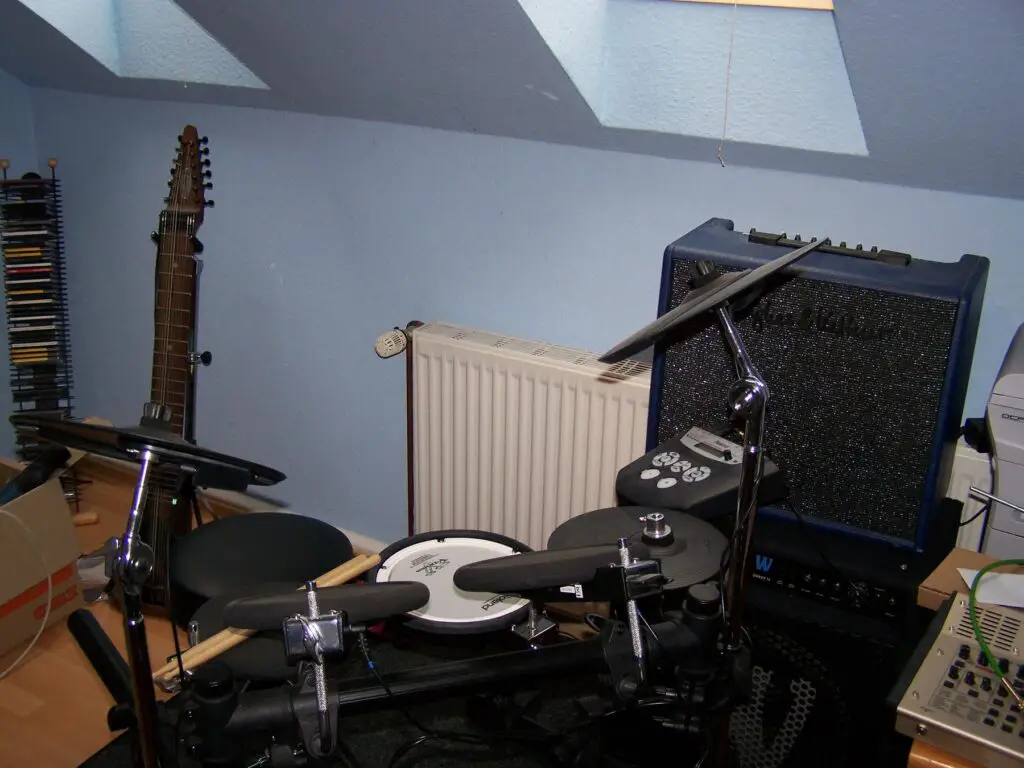Welcome to the ultimate music production guide! If you’re looking to create professional-quality music from the comfort of your own home recording studio, you’ve come to the right place. In this comprehensive guide, we’ll explore all the essential techniques, tips, and equipment you need to take your music production to the next level. Whether you’re a beginner or an experienced producer, we’ll cover everything you need to know to produce music that sounds amazing and stands out in today’s competitive music industry. So let’s dive in!
Table of Contents

Introduction
Are you looking to get started with music production but feeling overwhelmed with all the options available? You’re not alone. With the advancements in technology, creating professional-quality music from the comfort of your own home has never been easier. However, with so many tools and techniques available, it can be challenging to know where to start. That’s why we’ve put together this ultimate guide to music production, which will offer you a step-by-step approach to creating high-quality music from scratch. This guide will cover everything you need to know from the basics of music production to recording techniques, mixing and mastering, music production equipment, collaboration, and promotion. Read on to get started on your music production journey!
What is Music Production?
Music production is the process of creating a song from start to finish, which involves writing lyrics, composing melodies, recording instruments and vocals, and mixing and mastering the final product. However, the process can vary depending on the genre and the artist or producer’s preferences.

Understanding the Music Production Process
The production process can be divided into several stages, each requiring different skills and tools. These stages include:
-
Pre-production: This is the planning phase where you’ll decide on the style and genre of music you want to create, as well as the instruments and equipment you’ll need.
-
Recording: This is where you’ll record the instruments and vocals that make up your song. You can do this either in a professional studio or in a home recording studio.
-
Editing: Once you’ve recorded all the parts of your song, you’ll need to edit them to fix any mistakes and ensure they’re in time with each other.
-
Mixing: This is where you’ll blend the different parts of your song to create a cohesive sound. You’ll adjust the levels of each instrument and vocal track and add effects like reverb and delay.
-
Mastering: This is the final stage where you’ll ensure your song sounds great on all playback systems, from headphones to car speakers.

Essential Music Theory Concepts for Music Production
While you don’t have to be a music theory expert to produce music, having a basic understanding of music theory can be helpful. This includes creating more interesting melodies and chord progressions, as well as a better understanding of how different instruments work together.
Some essential music theory concepts for music production include:
- Understanding keys and scales
- Chord progressions and harmony
- Rhythm and timing

What to Consider Before Starting a Music Production Project
Before starting a music production project, consider:
- The genre of music you want to create
- The instruments you’ll need
- The software and equipment you’ll need
- Your budget for the project
Answering these questions will give you a better idea of what you need to do to get started with your music production project.
III. Setting Up Your Home Recording Studio
A home recording studio can be a great place to bring your musical ideas to life. Whether you’re an experienced producer or just starting out, setting up a dedicated space for your music production can make the process easier and more enjoyable. Here are some tips on how to set up your home recording studio.
Choosing the Right Space for Your Studio
When it comes to choosing a space for your home recording studio, you should look for a quiet, isolated area where you can focus on your music. If possible, choose a room with good acoustics and minimal echo. You can improve the acoustics of your studio by adding sound-absorbing materials like foam panels or blankets. If you don’t have a separate room available, you can also create a makeshift recording booth using blankets, PVC pipes, or other materials.
Essential Equipment and Tools for a Home Recording Studio Setup
To set up a basic home recording studio, you’ll need some essential equipment and tools. Here are some of the key items you’ll need:
- Computer: You’ll need a computer to run your music production software. Make sure it has enough processing power and RAM to handle your projects.
- Audio interface: This is a device that connects your instruments and microphones to your computer. It converts analog signals into digital signals that can be recorded and processed by your DAW.
- Microphones: You’ll need microphones to record vocals and acoustic instruments. There are many different types of microphones available, each with its own strengths and weaknesses. Consider your recording needs and budget when choosing a microphone.
- Studio monitors: These are specialized speakers designed for music production. They provide accurate and detailed sound reproduction, allowing you to hear every detail of your mix.
- Headphones: You’ll need headphones to monitor your recordings and mixes. Choose headphones that are comfortable to wear for long periods and have a flat, neutral frequency response.
- Digital audio workstation (DAW) software: This is the software you’ll use to record, edit, and mix your music. There are many different DAWs available, each with its own features and workflow. Choose a DAW that fits your needs and budget.
Tips for Acoustic Treatment and Soundproofing
Acoustic treatment and soundproofing are important considerations when setting up your home recording studio. Acoustic treatment involves adding sound-absorbing materials to your room to improve its acoustics. This can include foam panels, bass traps, diffusers, and other materials. Soundproofing involves reducing the amount of sound that enters or leaves your room. This can include adding mass to your walls, doors, and windows, and sealing any gaps or leaks. A combination of acoustic treatment and soundproofing can help you create a quiet and acoustically balanced space for your music production.
Check out our other content for more tips and techniques on music production.
Questions and Answers
Who can benefit from a music production guide?
Anyone interested in creating professional-quality music at home.
What is the purpose of a music production guide?
To provide techniques, tips, and equipment to improve music production.
How can a music production guide help me?
By offering step-by-step approach, from basics to promotion.
What if I have no music theory background?
Basic understanding of music theory can be helpful but not required.
How much does it cost to set up a home recording studio?
Cost varies depending on equipment, but a basic setup is affordable.
What if I don’t have a separate room for a studio?
You can create a makeshift recording booth using blankets or PVC pipes.


